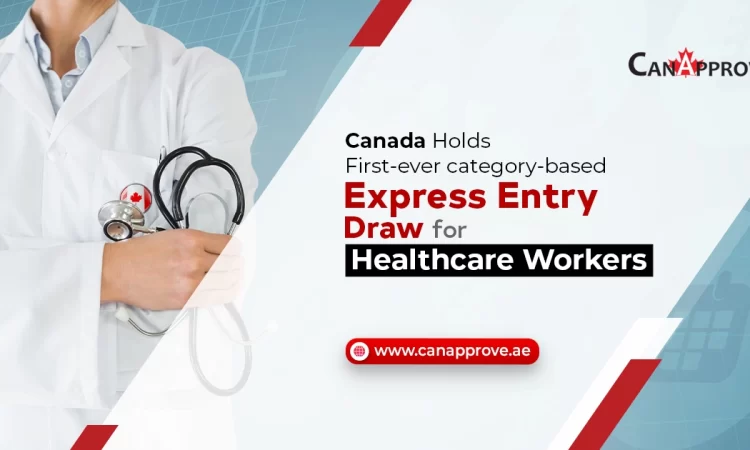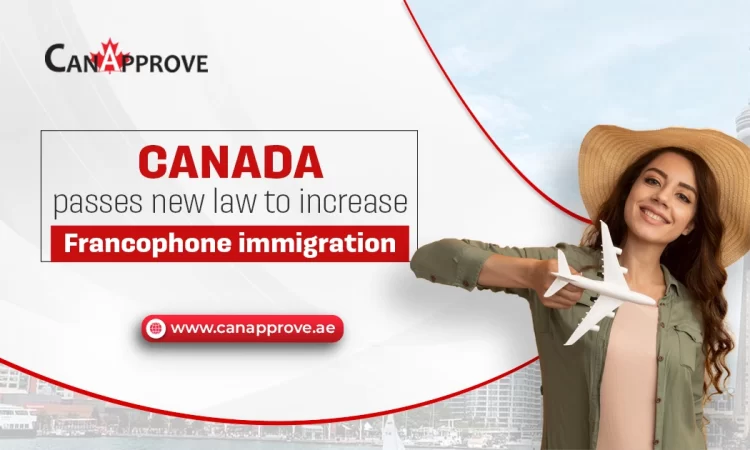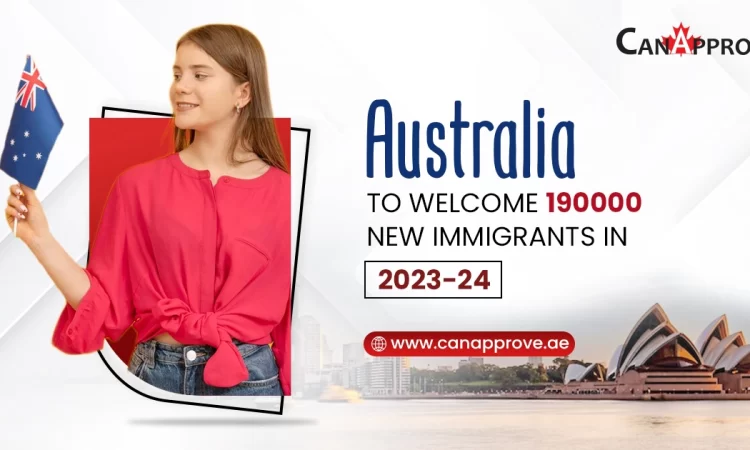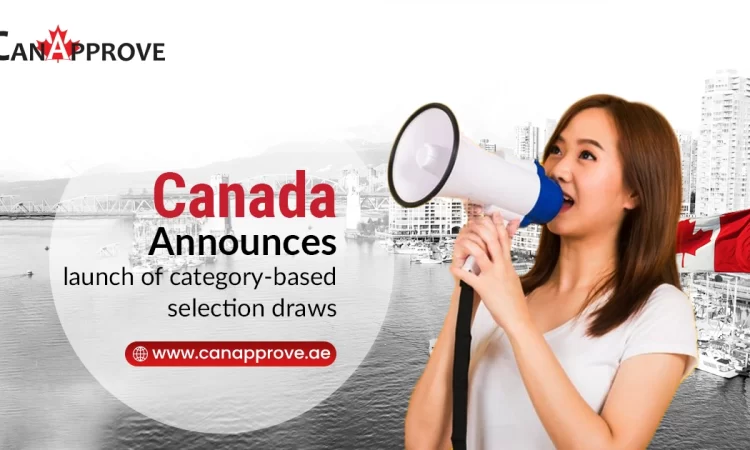Canada held its latest round of Express Entry invitations on the 12th of July, 2023. The Immigration, Refugees, and Citizenship Canada (IRCC) invited 3,800 candidates in a French language category-based draw with a minimum score of 375 in the Comprehensive Ranking System (CRS).
The Express Entry draws are conducted at regular 2-week intervals. The IRCC issued 3,800 invitations to apply for permanent residency in Canada in the new category-based Express Entry draw to Francophone candidates. Some of the factors that the IRCC determines are the timing, frequency, CRS score cut-off, and many other factors including the labor market and the economy of Canada.
Express Entry Results of 11th July 2023
On the 11th of July, the IRCC invited 800 candidates in an all-program draw. For candidates to get invited through this draw, they must require a minimum CRS score of 505 which is higher than the 3 category-based selection invitations yet lower than the 511 CRS score required for candidates in the draw conducted on the 4th of July 2023.
Rounds of Invitations
The IRCC conducts different rounds of invitations every year. The three main rounds of invitations are the General round of invitations, program-specific rounds of invitations, and category-based rounds of invitations.
1. General Rounds of Invitations
The IRCC invites the highest-ranking candidates in the Express Entry pool on any one of the 3 programs held by the Express Entry. The 3 programs are:
- Federal Skilled Worker Program
- Federal Skilled Trades Program
- Canadian Express Class
2. Program-specific Rounds of Invitation
In the program-specific rounds of invitation, the IRCC invites applicants eligible for a particular Express Entry program relevant to the Provincial Nominee Program.
3. Category-based Rounds of Invitation
In the category-based Express Entry Draws, Canada’s Immigration Minister, Sean Fraser, implemented a category to meet a specific economic goal. With this, the IRCC invited the highest-ranking applicants in the pool who are suitable for the targeted category.
Express Entry Round of Invitations
The Immigration, Refugees, and Citizenship Canada (IRCC) pulls efficient candidates into the pool using a credit-based system called the CRS score calculator. The process of inviting candidates by the IRCC goes like this:
- The IRCC chooses the type of draw.
- It decides the number of candidates to be invited to apply.
- Then, the IRCC picks out the highest-ranking candidates and,
- Sends out the invitations to apply.
Provincial governments pick candidates who have work experience in an occupation that is potentially required within the province. Most PNP streams pick out candidates who are in occupations such as healthcare, agriculture, and technology because of the labor shortages in these employment sectors. These category-based selection rounds will endure throughout the year along with the general invitation rounds and new announcements in the upcoming weeks. Want to know more about category-specific draws for STEM professionals? Connect with Canapprove right away!
 WHATSAPP
WHATSAPP
















